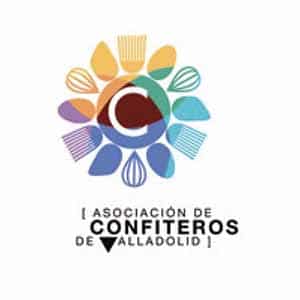- Eight female directors, actresses and producers took part in the 1st Meeting of Women Filmmakers, co-organised with CIMA and ECAM Industry, in the auditorium of the University of Valladolid
- Among the conclusions of RTVE’s Equality Observatory, announced at the encounter, the increased quality of the projects presented due to the incorporation of more women producers was highlighted
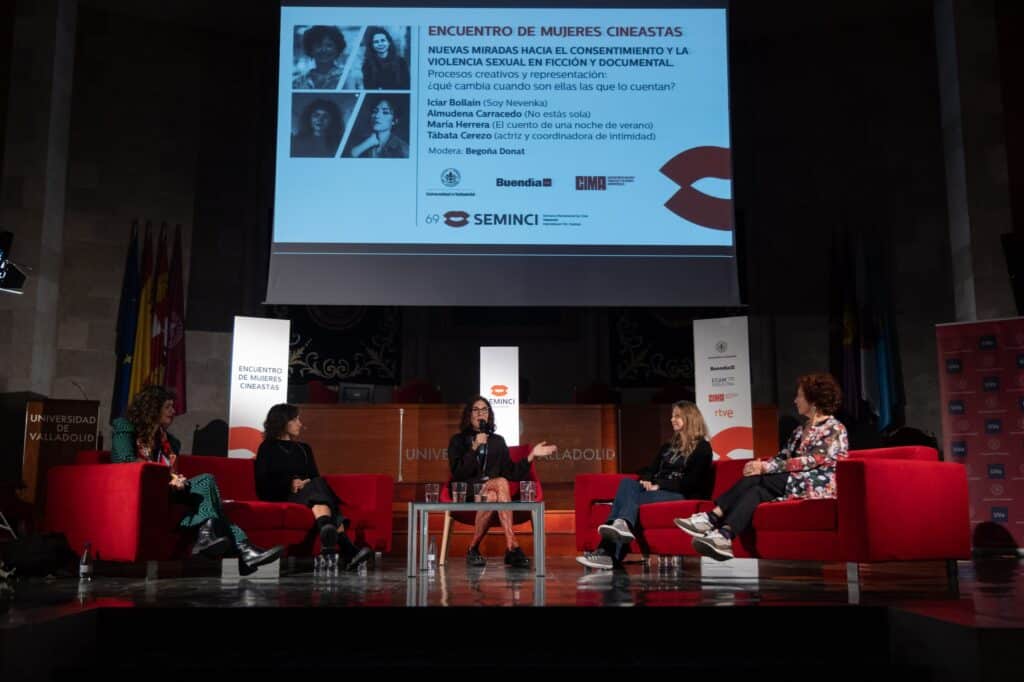
The challenge of generational change and the representation of sexual violence in film within the changing environment of the audiovisual industry served as a starting point for the exchange of opinions between directors, producers and participants in the Meeting of Women Filmmakers, co-organised with ECAM Industry and the Association of Women Filmmakers and Audiovisual Media (CIMA), in collaboration with the Buendía Centre, in the auditorium of the University of Valladolid. This meeting, open to the public, revolved around the theme ‘What happens when they take the floor? The transformative power of women in film, creatively and organisationally’.
As part of a future roadmap for Spanish cinema, three female directors who have recently reflected sexual and gender violence in their productions, Icíar Bollaín (Soy Nevenka), María Herrera (Cuento de una noche de verano) and Almudena Carracedo (No estás sola), and the actress and intimacy coordinator Tábata Cerezo reflected on how to change the way in which consent and sexual violence are reflected in fiction and documentaries. In order to modify the cinematographic imaginary that has existed until now, with the aim of including greater diversity and fighting against the fetishisation of the image of women.
‘We have been seeing the male imaginary on screen for too long, where women are objects of desire’, denounced the filmmaker Icíar Bollaín, who in 2003 with Te doy mis ojos already questioned why a woman spent an average of ten years with an abuser before separating. Cinema generates an imaginary, but it can also transform consciences’, added Almudena Carracedo, director of the documentary No estás sola, which she uses as a tool for reflection on La Manada: ‘We want to shed light on the patriarchal processes that influence the process; when you put all the pieces of the puzzle together, people understand why’.
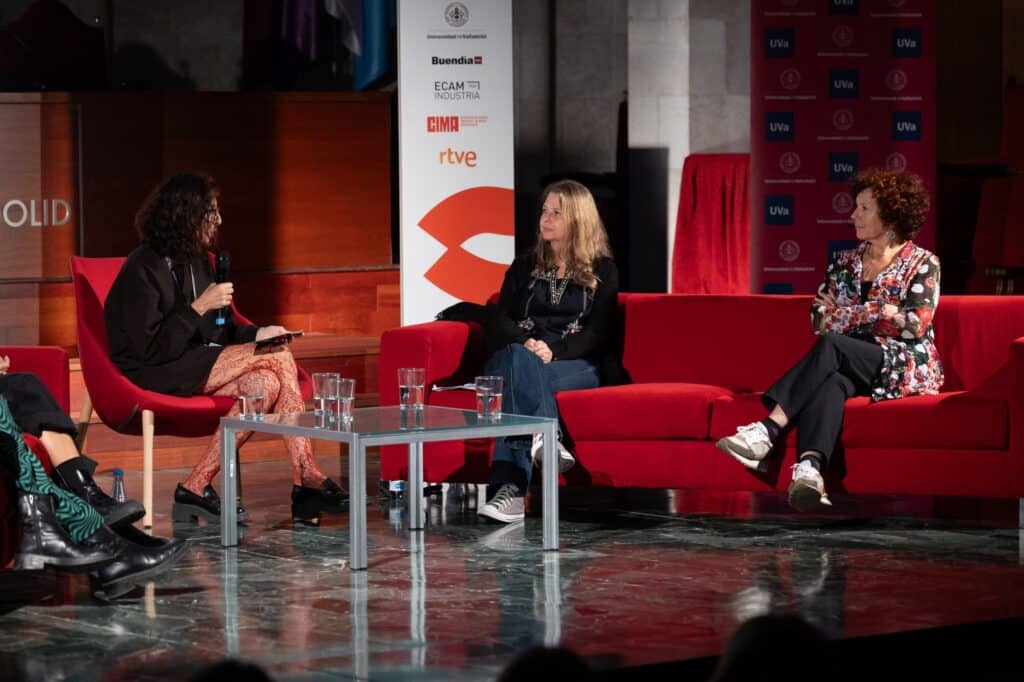
From her experience as an actress and intimacy coordinator, analysing how sexuality is reflected in fiction and how it impacts on the imaginary, on the construction of desire, Tábata Cerezo acknowledged that she sometimes finds herself in conflict: ‘We work at the service of the director’s gaze, but there is an ethical line of not perpetuating rape culture in products aimed at young audiences’. In her opinion: ‘Although we film sexual violence to denounce it, the more we eroticise the image, the more we contribute to the opposite’, and she recalled the famous rape scene of Monica Bellucci in Gaspar Noé’s Irreversible, which has become one of the most visited scenes on porn websites. ‘We have evolved a lot as an audience, but it’s hard to break down the myths’, she said.
Both Almudena Carracedo, and in the case of Bollaín with her film about Nevenka Fernández, the councillor who faced harassment by the mayor of Ponferrada almost 25 years ago, approached their projects with a sensitivity that is not usual in projects directed by men. They first considered whether it was necessary to tell the story, then asked the protagonists for permission to do so, deciding which details of the story belong to the victim and which to the audience, and adapted the process to the pace of the people, which slows down the production; in short, introducing the same respect in the process as in the subject.
The next thing to change, according to the filmmakers, is the way sexual scenes are shot, which is especially important if they include violence. ‘Depending on how you shoot it, you can make it romantic, or even exciting,’ Bollaín warned about how to reflect the lack of consent. The young director María Herrera chose not to re-victimise women through aesthetics in her short film, a reflection of a personal experience, which she presented at this edition of SEMINCI, Cuento de una noche de verano. Not only did she depict rape in a non-ugly setting but the rapist is not just an unpleasant person on the screen either. ‘This short film is the one I would have liked to have seen to be able to identify what was happening to me at that moment,’ she explained. ‘It is difficult to identify if you have suffered sexual violence; no one wants to be a victim,’ she added.
Tábata Cerezo’s work as intimacy coordinator focuses, above all, on talking and rehearsing with the actors prior to the sex scenes so that uncomfortable or even violent situations are not generated during the filming due to improvisation and the embarrassment of talking about sex in the face of the false myth that actors have no modesty. In this sense, Almudena Carracedo pointed out that directors must be respectful with the actors when filming sensitive scenes and not only think about extracting the best performance from them.
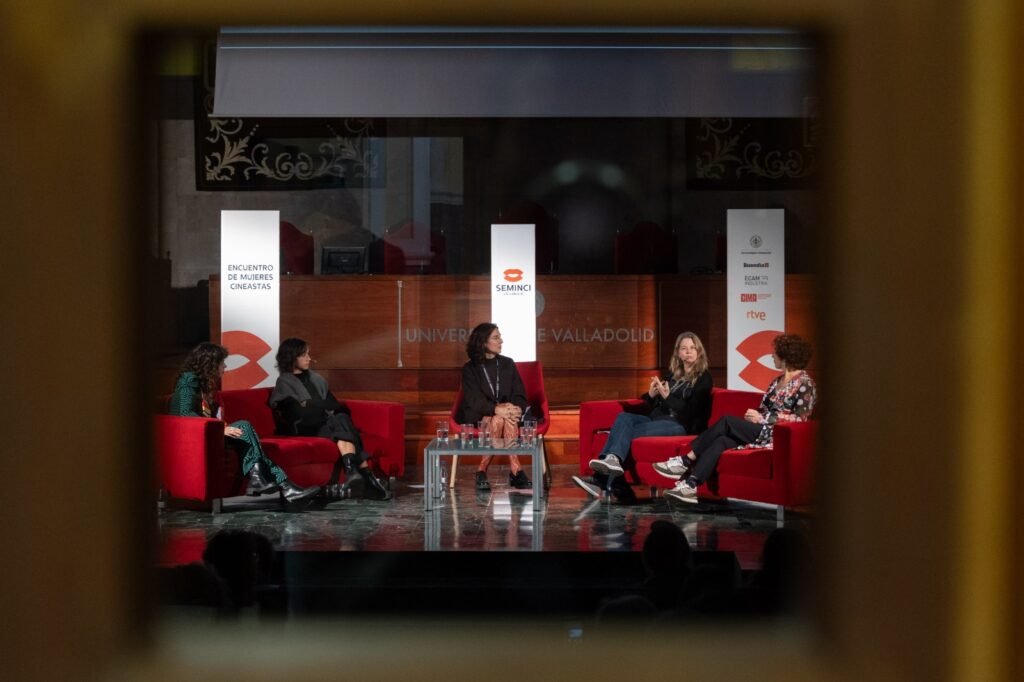
How to reflect sexual violence without falling into the perpetuated gaze, how to place the camera or represent consent, how to make the stories and the aggressors more complex are debates that, according to Icíar Bollaín, are still pending: ‘We don’t have an answer to how to deconstruct the gaze or referents; we are constructing it now. It is not easy to find a new language, you make it up as you go along’. Nevertheless, the director was pleased that more and more imaginary ones are being seen. Although there is still a lot of work to be done. ‘There have to be more voices and, when we women tell our story, we have to do so by stripping ourselves of the visual education we have learned.

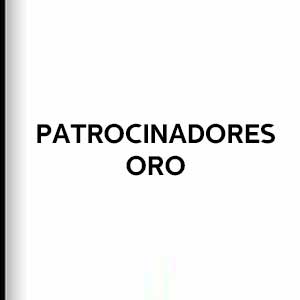



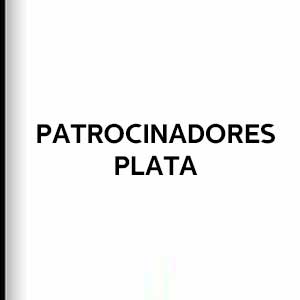



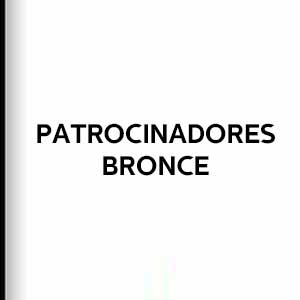









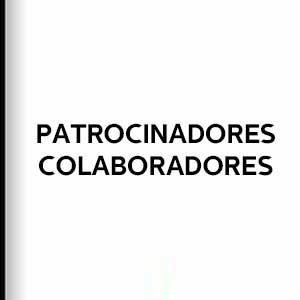


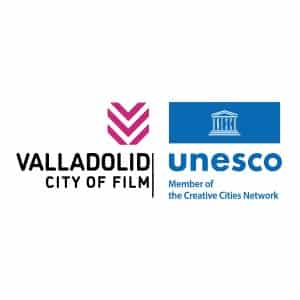
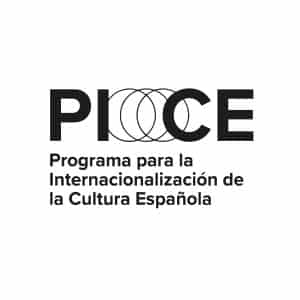



![Logo Foro Cultural de Austria Madrid[1]](https://www.seminci.com/wp-content/uploads/2024/09/Logo-Foro-Cultural-de-Austria-Madrid1-300x76.jpg)




